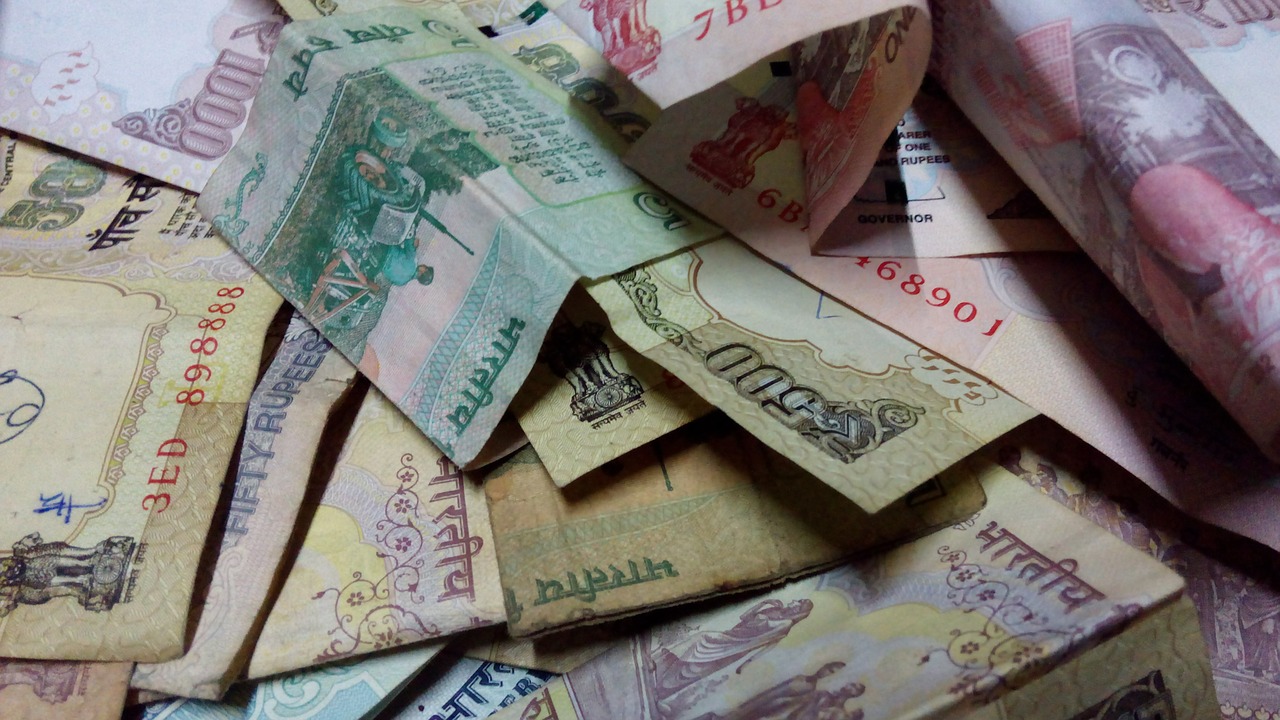Let the rupee slide, it is in our interest

India had a fixed exchange rate from 1947 till 1975 with the currency pegged to the pound sterling. From 1975 to 1991, the exchange rate of the rupee was adjusted regularly on the basis of the weighted average of the exchange rate movements of the currencies of India’s major trading partners, with the pound sterling as the intervention currency. The rate was adjusted downward in two stages on July 01 and 03, 1991 to effect about 18 percent reduction in the external value of the rupee. The exchange rate regime, soon thereafter transited from a basket-linked managed float to a market-based system in March 1993, after a short experiment with a dual exchange rate between March 1992 and February 1993.
Since then India has been following a managed float and intervening mainly to contain volatility. The present sharp adjustment should be viewed as genuine correction, as it was being held back for a long time. It had to happen. Now, the correction should be allowed to take place without noise and disturbance as the rupee is finding its normal level.
I argue on the basis of some facts that there is scope for a substantial adjustment which should be permitted to be carried out as it is in India’s interest.
There are many factors that play a role in exchange rate determination between two countries - illustratively, productivity in two countries, growth rates, interest rates, and inflation rates. The growth rate of the US economy is beginning to strengthen relatively from its recent past. The comparative size of the two countries is very different - US being nearly a USD 20 Trillion economy with a population size of 330 million and India being a USD 3 Trillion economy with a population of 1.3 billion. The growth rate of the US economy has increased to nearly 3 percent per annum and employment is highest in the last four decades. We are the fastest growing economy of the world but our base is small. Second, inflation differential between the US and India has persistently been high. There has been an average annual gap of nearly 4 per cent in inflation rate for the last two decades. If you look at the exchange rate in 1993-94 and adjust it with the differential, the exchange rate would be significantly greater than Rs.70 to a US Dollar – though the inflation differential is not the only factor but a very important one. Finally, US Dollar is an international anchor for currencies and despite the global crisis, had continued to play the pivotal role.
Incidentally, allowing the Rupee to slide will help our exports and discourage imports. It is amazing that our neighbor, China, prefers to perennially have a highly depreciated currency and we prefer to have an over-valued currency. An over- valued currency could also be a cause of our high CAD. There is a commonly known economic phrase, beggar-thy-neighbor policy which implies competitive depreciation to grab larger share of global exports. But India, by insisting on overvalued exchange rate, seems to follow enrich-thy-neighbor policy by competing itself out of export markets. Why should Indian toys and garments not be sold in all shopping malls of the US and Europe? Instead, Chinese toys and electronics are being sold in Indian stores!
This exchange rate adjustment should not be used as a weakness of the economy or a sign of letdown. I would interpret, maintaining our Rupee at an appreciated level where it does not belong, as false pride, which is never beneficial for economic growth and progress.
The RBI has explicitly mentioned that it manages exchange rate volatility as it is a genuine concern for exporters and importers. The current movement does not seem to be volatility to me based on publicly available information; it's a fundamental correction following a text book economic theory as argued earlier, and a long delayed adjustment. The foreign exchange reserves of around USD 400 billion, relative to other external sector indicators, are not too many and should only be used for difficult times and better things, like for example to service short term debt, if need arises. International reserves are like family silver, generally meant to be in a showcase, which are carefully watched by global investors and rating agencies, and therefore should be regularly built and preserved. Interestingly, China’s international reserves are more than USD 3Trillion and for many years, recently were nearly USD 4 Trillion.
The Current Account Deficit (CAD), because of oil prices and imports, including gold, has increased to 1.9 percent as at end of March 2018 from 0.6 percent on March 31 2018, and import cover during the period has declined. One way of addressing the CAD is to encourage and incentivize exports, and discourage imports. Depreciating exchange rate does that assignment automatically.
The fear that oil import bill will lead to inflation needs to be addressed separately. The encouragement to alternate sources of energy needs to be strengthened, public transport system has to improve, and car-pooling encouraged. Also, as inflationary pressures are benign, this is most appropriate time in allowing the Rupee to find its equilibrium natural rate.